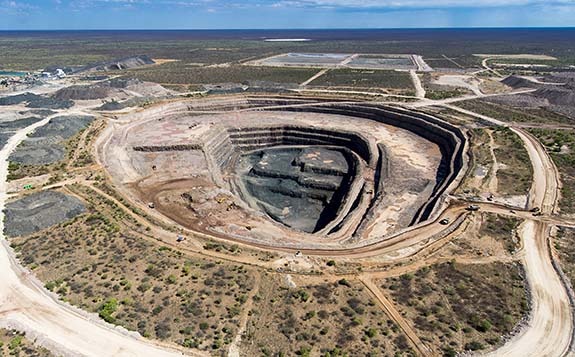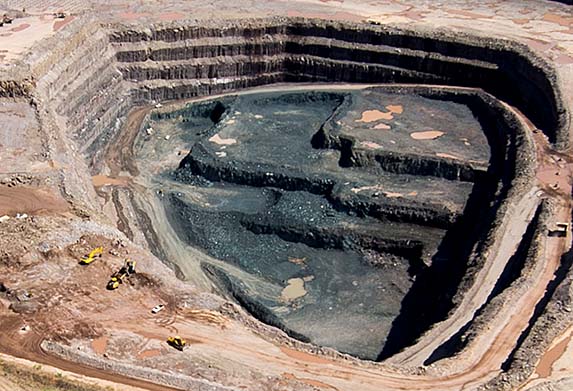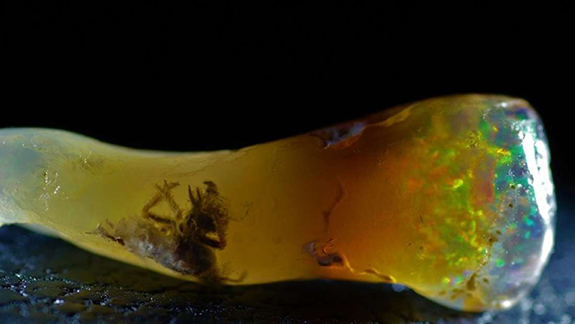Welcome to Music Friday when we bring you fun songs with jewelry, gemstones or precious metals in the title or lyrics. In 1984, British band Wang Chung helped define a generation with its international hit “Dance Hall Days.” The song put a New Wave timestamp on a slew of popular movies and is memorable for lead singer/composer Jack Hues' "hallucinogenic" reference to amethyst in the final verse.
The purple gem is, of course, the official birthstone for February.
Hues sings: “So take your baby by the wrist, and in her mouth an amethyst. And in her eyes two sapphires blue, and you need her and she needs you.”
During an interview with “Just My Show” podcast host Eric Greenberg, Hues explained that the song about finding love in an old-fashioned dance hall begins innocently with the line, “Take your baby by the hand.” But, by the last verse, the tone has escalated to “Take your baby by the wrist, and in her mouth an amethyst.”
“It’s all a bit more hallucinogenic in a way, how things that start off simple get complex,” he said.
“Dance Hall Days,” which charted in 12 countries and peaked in the U.S. at #16 on the Billboard Hot 100 chart, was featured in a slew of popular movies, including Bachelor Party, Pretty in Pink, Gotti, Romy and Michele’s High School Reunion, To Live And Die In LA, Adventureland, The Informers and The Fighter.
Founded in 1980 by Nick Feldman, Jack Hues and Darren Costin, Wang Chung's unusual name translates to “yellow bell” in Mandarin Chinese. Wang Chung is also the first note in the Chinese classical music scale.
The band scored five Top-40 hits from 1983 through 1987, including "Let's Go!" and "Everybody Have Fun Tonight." The band actively toured from 1980 to 1990, and then again from 1997 to the present.
Don’t miss Wang Chung's performance of “Dance Hall Days” at the end of this post. The lyrics are below if you’d like to sing along.
“Dance Hall Days”
Written by Jack Hues. Performed by Wang Chung.
Take your baby by the hand
And make her do a high hand stand
And take your baby by the heel
And do the next thing that you feel
We were so in phase
In our dance hall days
We were cool on craze
When I, you, and everyone we knew
Could believe, do, and share in what was true
I said
Dance hall days, love
Take your baby by the hair
And pull her close and there, there, there
And take your baby by the ears
And play upon her darkest fears
We were so in phase
In our dance hall days
We were cool on craze
When I, you, and everyone we knew
Could believe, do, and share in what was true
I said
Dance hall days, love
Dance hall days
Dance hall days, love
Take your baby by the wrist
And in her mouth, an amethyst
And in her eyes, two sapphires blue
And you need her and she needs you
And you need her and she needs you
And you need her and she needs you
And you need her and she needs you
And you need her
And she needs you
We were so in phase
In our dance hall days
We were cool on craze
When I, you, and everyone we knew
Could believe, do, and share in what was true
I said
Dance hall days, love
Dance hall days, love
Dance hall days
Dance hall days, love
Dance hall days
Dance hall days, love
Dance hall days
Dance hall days, love
Credit: Screen capture via YouTube.com.





